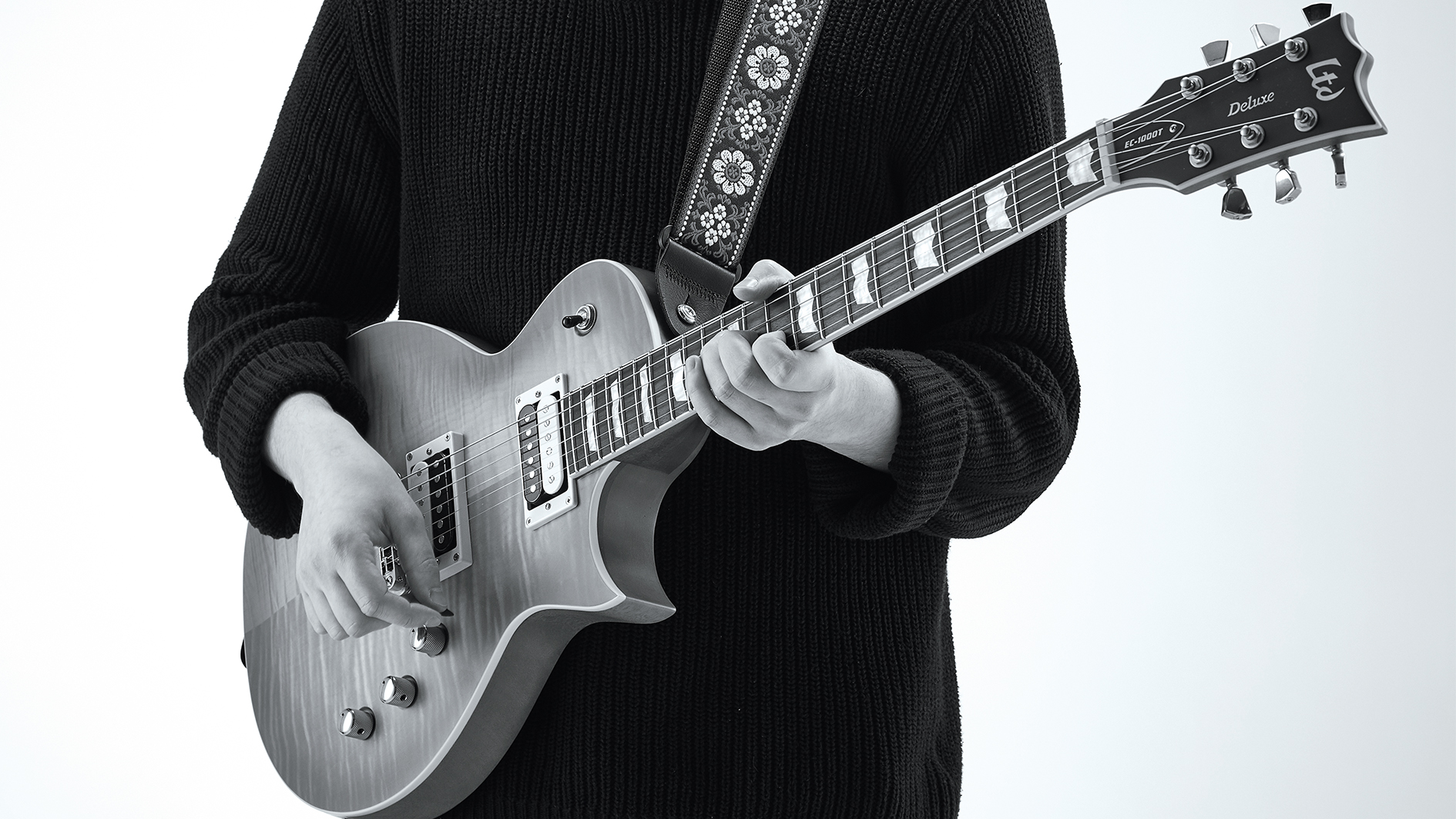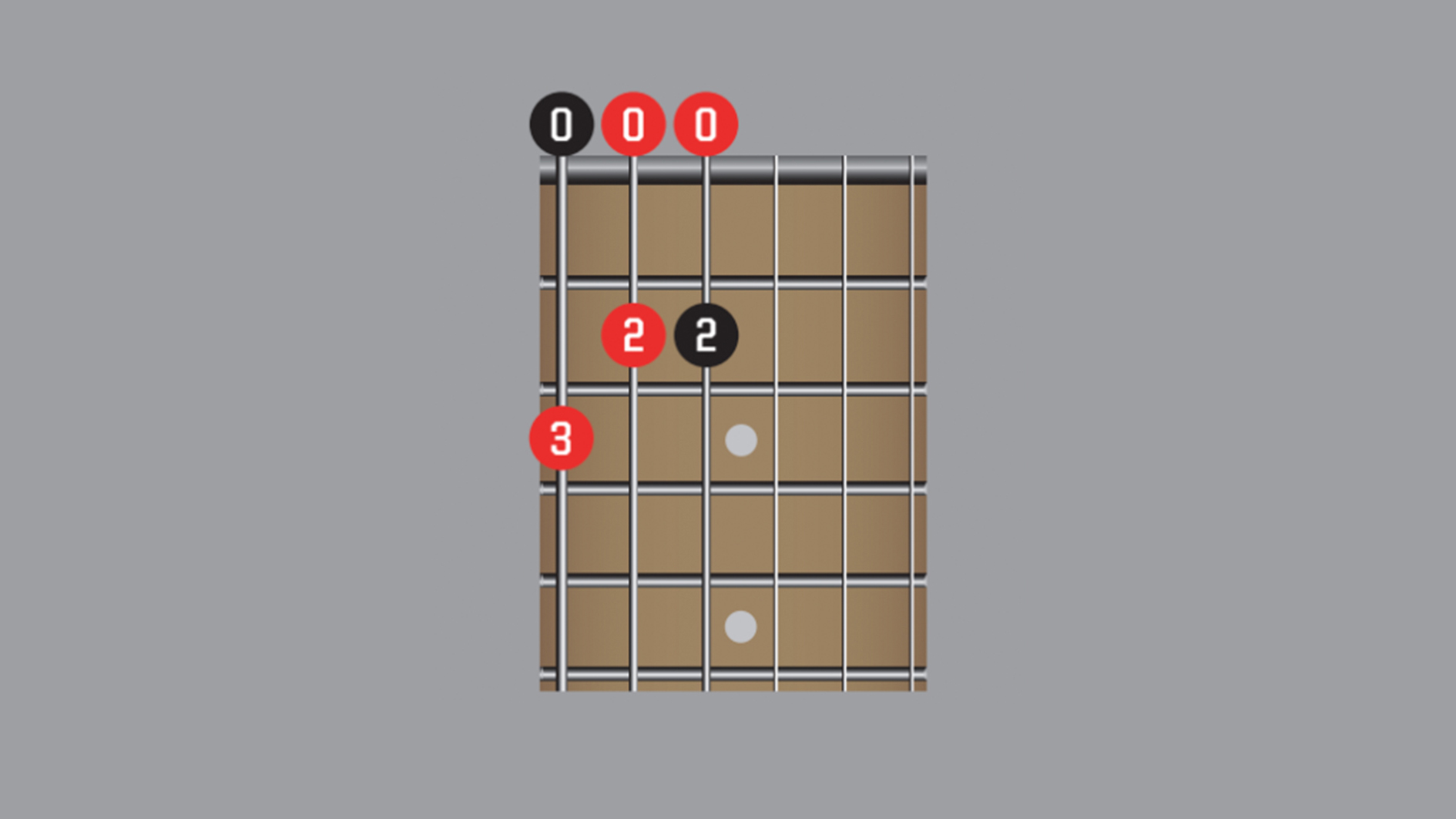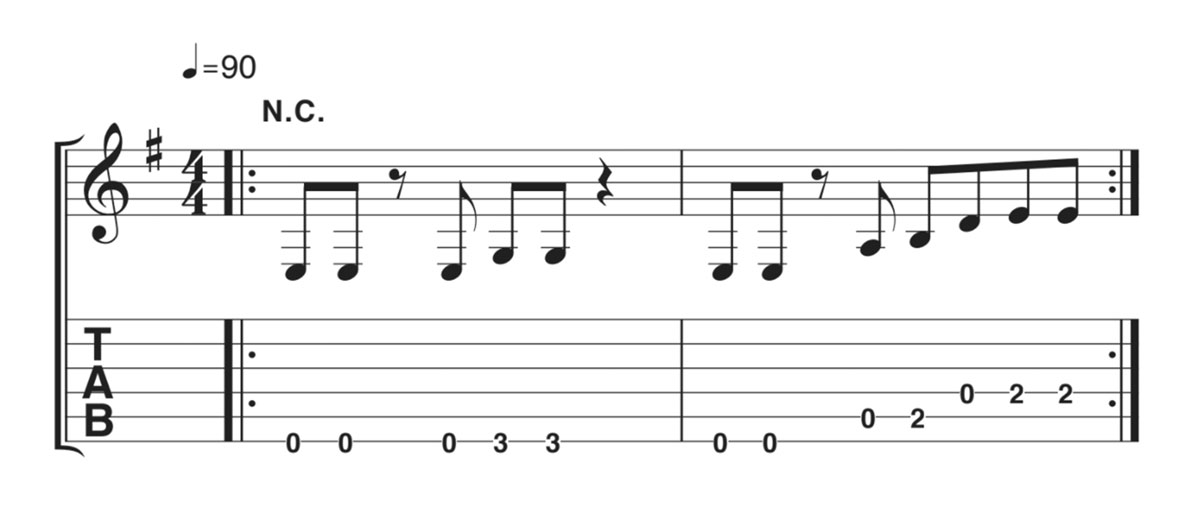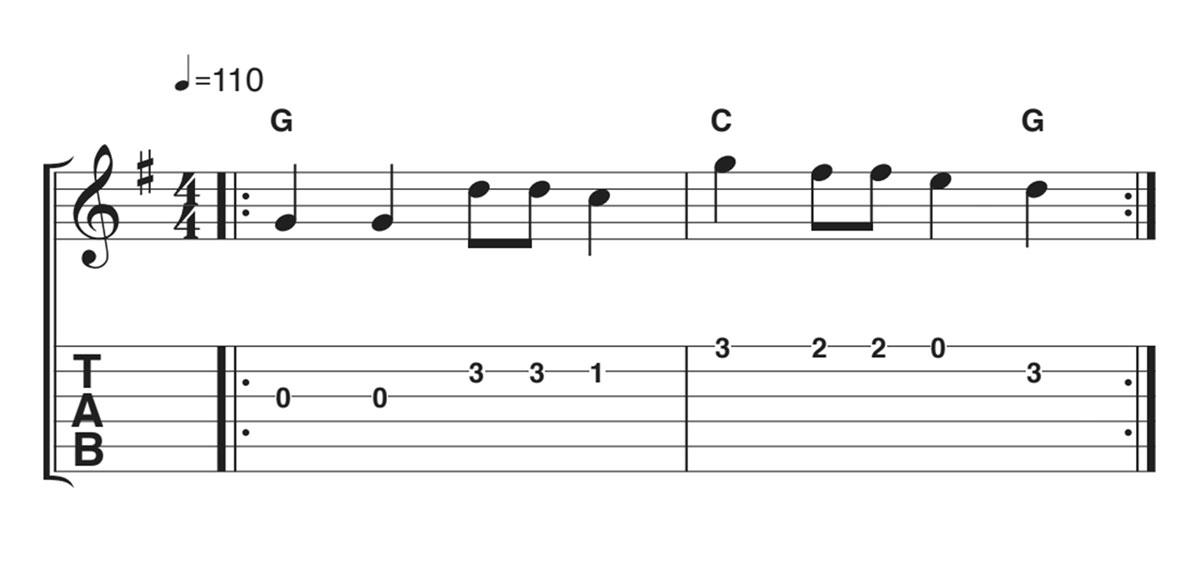Beginner guitar scales: learn the most important patterns
Get your head around this essential musical building block and learn two of the important scales: pentatonic and major

“Scales. Everyone talks about them, but what are they?”
Basically, a scale gives you a skeleton set of notes to make music with. A musical scale climbs up through a sequence of notes (ascending) and back down (descending), almost always using the same notes.
“Okay, they sound boring. What’s the point?”
Scales have a bad rep because some people focus on the misapprehension that if you learn them you’ll be forced to do endless scale practice instead of playing real music. Not so! Scales are music’s building blocks - the basis of the music you love.
They are used in riffs, solos and to make chords. Ignore them at your peril.
“That makes sense. Where do I start?”
The minor pentatonic scale is used by loads of guitarists, so it’s a great first scale to learn. Although it has a long name, it’s easy to play. It has five different notes, with the first note repeated at a higher pitch, so you play six notes in total.
All the latest guitar news, interviews, lessons, reviews, deals and more, direct to your inbox!
The first note is where the scale gets its name. The first scale shown below starts with an E note, so it’s the E minor pentatonic scale. Simple!
1. E minor pentatonic scale

Play each note one after the other and try to make them all the same length. You’ve got four fretting fingers - the numbers in the dots tell you the best one to use as you play each note.
2. The G major scale

Again, make sure you use the fingers shown for each note - this help’s with accuracy. Listen out for the brighter, happier vibe of the major scale compared to the edgier minor pentatonic scale.
“Right, I’m armed and ready - what actual music can I play?”
Our first tab example is a simple, fun riff based on the E minor pentatonic scale. Get stuck in.

“That was better than I thought, did you mention something about lead playing, too?”
The major scale is used in all Western genres. Pop, rock, country, jazz, indie - everywhere! The scale has a bright, happy sound found at the heart of nursery rhymes like Twinkle Twinkle Little Star, but, more importantly, in soaring melodies like Steve Vai’s Liberty and the main theme in Star Wars.
Our second tab example uses the G major scale and is a great opportunity for you to play your first epic melody.

“I want more!”
The two scales on the right will keep you busy for a while. Don’t fall into the trap of learning endless scales - work on how to use these well first. Use them to create your own riffs and melodies.
If you don’t know where to start, try changing just one note in our examples. If you stick to the notes in the scale it’s almost impossible to play a duff note.
- 10 of the best guitars for kids
Total Guitar is one of Europe's biggest guitar magazines. With lessons to suit players of all levels, TG's world-class tuition is friendly, accessible and jargon-free, whether you want to brush up on your technique or improve your music theory knowledge. We also talk to the biggest names in the world of guitar – from interviews with all-time greats like Brian May and Eddie Van Halen to our behind the scenes Rig Tour features, we get you up close with the guitarists that matter to you.

